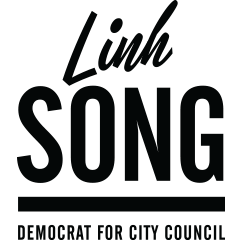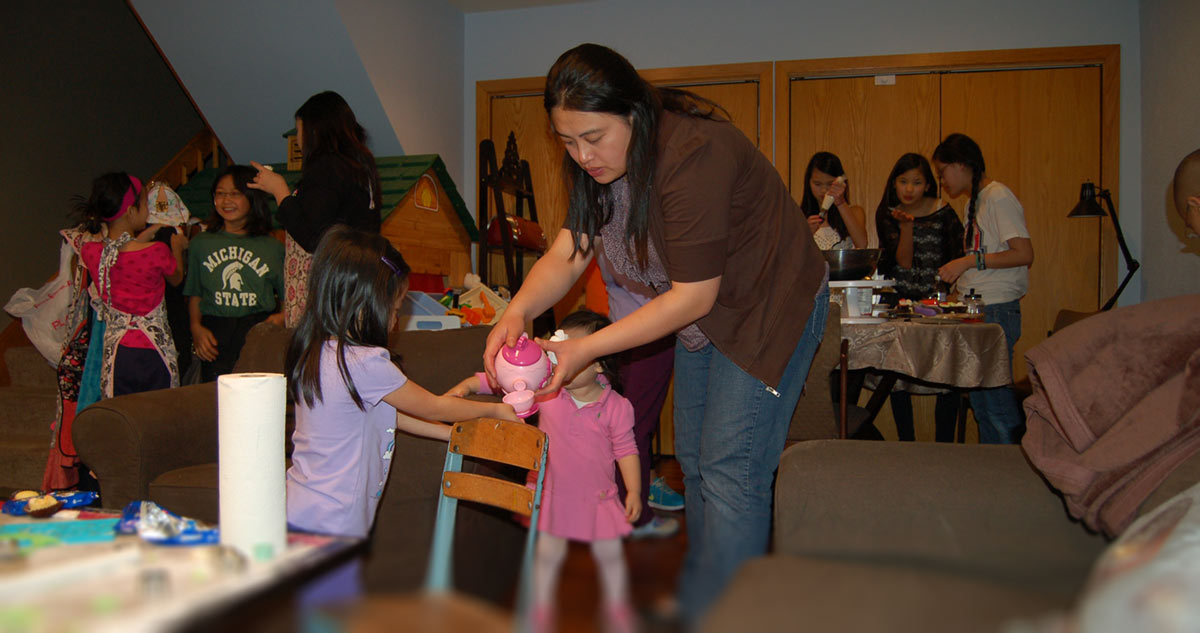Many of you have noticed that the campaign’s responses are not available on the League of Women Voters Vote 411 Guide. Unfortunately, the invitation went to our spam folder and we submitted responses outside of LOWV’s deadline. For your convenience, our responses to the LOWV questions are below.
What in your education and experience make you the best qualified candidate for this position?
I am currently serving my second term as chair of the Ann Arbor District Library Board where my duties include oversight of library policies, management of a $17M dollar budget, and important structural and strategic planning.
My degrees and nonprofit experience will also serve me well. I have a B.A. in Political Science and an MSW in Policy and Evaluation from UM. I founded my own nonprofit, and briefly taught at UM’s School of Social Work before being recruited back to the nonprofit sector. I directed Ethica, an ethical adoption and anti-trafficking organization. I also directed a program at NEW, a nonprofit capacity building organization. I worked as Director of the AAPS Educational Foundation, prioritizing funding for low-income schools, establishing STEM curricula and labs in all middle schools, and finally overseeing its transition as a fund at the Ann Arbor Area Community Foundation. My experience is in crisis management, strategic planning, community organizing, and good governance.
What are your goals should you be elected and how will you work to accomplish them with current resources?
If elected, my first priority would be to meet with City department leaders and with our interim City Administrator, who is also our Chief Financial Officer. My goal would be to understand what incremental programmatic and budgetary changes can be made as we prepare for the recession. The 2020-2021 budget will have already been approved. However I am interested in seeing if departments have the financial flexibility to test new approaches in order to respond to community needs as the pandemic transitions into new phases. For example, can departments work together to improve transportation options for essential workers? Hiring a new City Administrator with a strong public engagement process is also an immediate priority.
I would like to work on our housing crisis and connect that work to our commitments to better transit, combating climate change, and expanding our tax base. By addressing the extent to which these issues are connected, we can improve planning on all fronts.
What would you like to see happen with growth and density in Ann Arbor in the next ten years?
Over the next ten years, I would like for our community to make meaningful progress toward becoming a more welcoming community by substantially increasing inclusive housing units; both affordable and workforce. To begin this work we must come together to discuss density as it relates to zoning, economic and racial segregation, climate change, and how our entire community would benefit from preparing for the next generation of Ann Arborites. We have the potential to become a more diverse and more economically resilient city. To do so, we must utilize careful planning with creative and innovative collaborations across public institutions like the AADL, AAPS, and Washtenaw County. Approximately 80,000 people commute to work in Ann Arbor on a regular basis. These are potential neighbors whose homes could be made in our community. Home could be in neighborhoods, above the library, along a bus route, or on the way to a park. Our community is ready for this work.
How do you plan to communicate with the residents in your ward?
For 17 years, I’ve relied on email and social media to communicate with my neighborhood and alert them to a number of issues and gatherings. I was the President of my neighborhood association and am comfortable with using Mailchimp, CiviCRM, and blogging platforms. I will also meet the community at local cafes for regular coffee hours, and at playgrounds and parks so that parents can more easily participate in the public process. More importantly, I would like to partner with the City Communications Office and if funding allows, establish an ombudsman. This effort can support all Council representatives so that publications like the A2 City News resident newsletter can be more readily available. City service inquiries can be tracked, coordinated, and reviewed for potential policy and service changes. This allows for quicker and accurate responses that can be publicly accessible, similar to how the AADL Director and staff respond to inquiries in an archived and searchable website.



